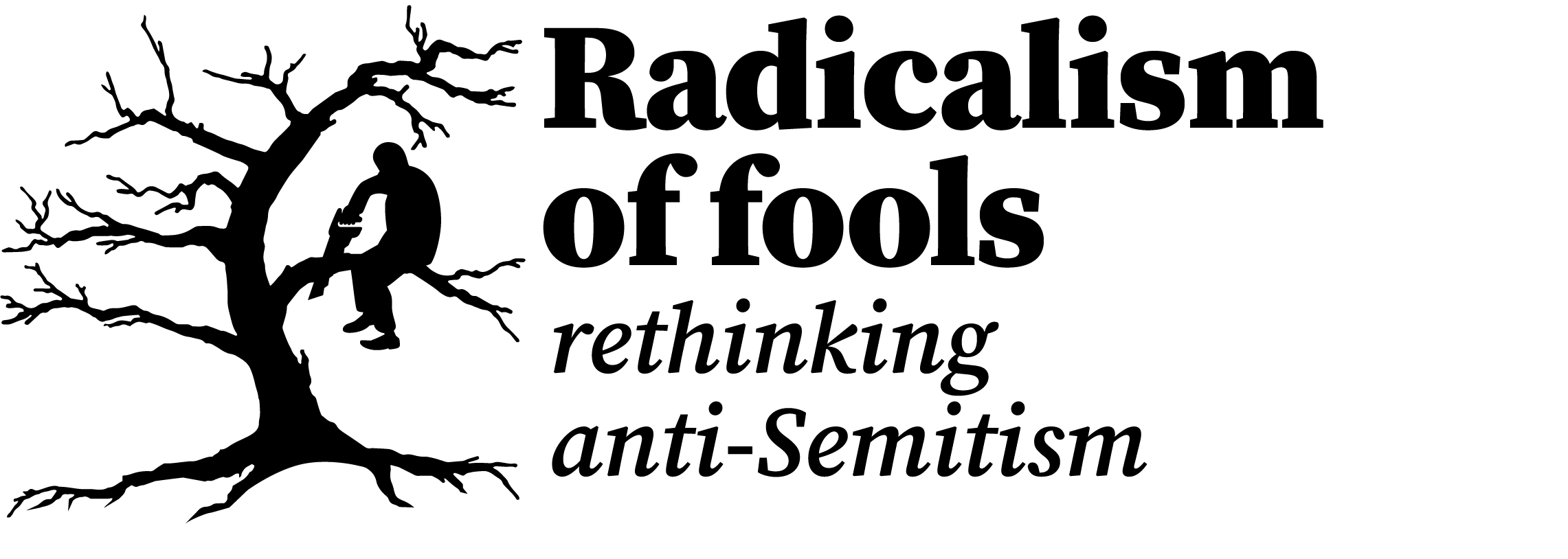Diane Abbott letter to the Observer claiming that Jews, the Irish, Travellers and “white people with points of difference such as red hair” do not suffer racism has become notorious. Despite her subsequent fulsome apology the black Labour MP has been widely criticised as an individual. Some have also drawn broader conclusions about the state of the Labour party even though Keir Starmer, the Labour leader, was quick to suspend her. The most important questions though relate to the ideas contained in the letter. These seem to embody a narrow conception of racism in which only black people can be its victims.
Abbot claimed in her apology that she had mistakenly sent an initial draft of the letter to the Observer. However, this explanation was called into question when it emerged that she had twice sent the same version to the newspaper.
The letter was a response to a factual article by Tomiwa Olowade in the Observer on an extensive new poll on ethnic inequality in Britain. Few seem to have noticed that the survey cited by Olowade suggested that Irish, Jewish and Traveller people are the most abused groups in Britain.
Several points can be made on Abbott’s individual failings. First, her Hackney North and Stoke Newington constituency has a large strictly religious Jewish presence. Since the strictly religious, with their distinctive garb, are the most visually indentifiable Jews they are the most likely to suffer overt anti-Semitism. Abbott should therefore be one of the best-placed of all MPs to rebut nonsensical claims about Jews not suffereing racism.
Second, given the damage that these issues have caused Labour it is baffling that such an experienced MP should have blundered into such a storm. She could have made the argument that racism suffered by black people is different in character from other forms in a more sophisticated way.
Some have argued that the huge amount of racial abuse Abbott has herself experienced might explain her one-sidedness or mitigate the criticisms. The fact she is a woman has also in the past been held against her.
It will be interesting to see if Labour allows Abbott, who is a long-standing ally of Jeremy Corbyn, to stand again as an MP. After the row over Abbott’s letter erupted Olowade told the Jewish Chronicle that in his view she should be expelled from te Labour party. Writing in the Spectator, Katy Balls, its political editor, said MPs expressing anything even vaguely anti-Semitic are being ruthlessly weeded out. The motto seems to be “no more p*ss-poor candidates” should be allowed through the candidate selection process.
Would such an expulsion cause any Corbynistas or other hard leftists in Labour to leave with her and form another party of their own? There has been speculation that this has been a possiblity for a while.
The broader question though relates to the dangerous ideas contained in Abbott’s letter. Brendan O’Neill argued in the Spectator that the letter embodied the dangerous idea of a hierarchy of racism. This notion was alluded to in the Forde report on racism and factionalism in the Labour party.
O’Neill, the chief political writer of spiked, points out the dangers involved in accepting such a hierarchy. It leads to the conclusion that only racism aimed at black and brown people really counts. From this perspective the transatlantic slave trade is the archetypal and worst ever expression of racism. But, as horrensous as the slave trade was, it was arguably more morally complex than often assumed. For example, some Africans themselves collaborated in the trade. With this in mind it becomes harder to view it as a straightforward case of the evil perpetrated by white people on black people.
From a narrow black-white perspective, as embodied in Abbott’s letter, it is easy to forget the Holocaust entirely. Alternatively others have presented it as a form of white-on-white violence without any racial component.
The notion of a hierarchy of racism is toxic and one which should be rejected. It encourages a sort of competitive victimhood in which various groups take part in some rather grizzly “mirror mirror on the wall, who’s the most victimised of us all?” contest.
It encourages groups facing real problems of racism to define themselves primarily as victims. That can leave them without any sense or awareness of those who have have overcome the barriers it presents. It runs the risk of fostering an almost pathological mindset instead of that exhibited by many Jewish people. After the Holocaust, both within Israel and in the diaspora, many have gone on to achieve remarkable things in the sciences and the arts.
It is also silly to claim to be in favour of calling out all forms of racism but then to establish a hierarchy of racism based on colour. In that scenario it is simply inevitable that racism related to colour would suck all the air out of the room. It leave efforts to tackle other forms of racism on the backburner.
There is one positive that might come out of this rather sorry episode. Hopefully the controversy surrounding Diane Abbott’s letter will finally force the nonsense surrounding critical race theory out of the various echo chambers that now exist. Open discussion will hopefully make it clearer where critical race theory ultimately leads.
The views expressed in this article do not necessarily reflect those of the Radicalism of fools project.
Photo: "Official portrait of Ms Diane Abbott crop 2" by Chris McAndrew is licensed under CC BY 3.0.

